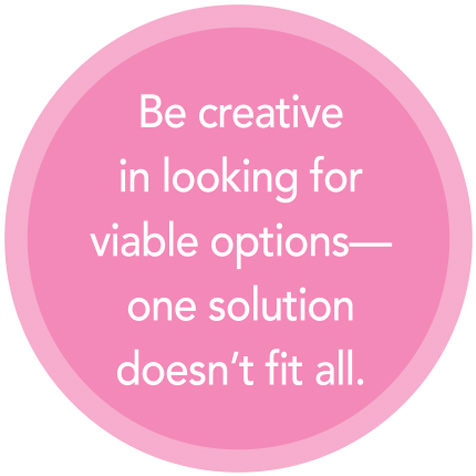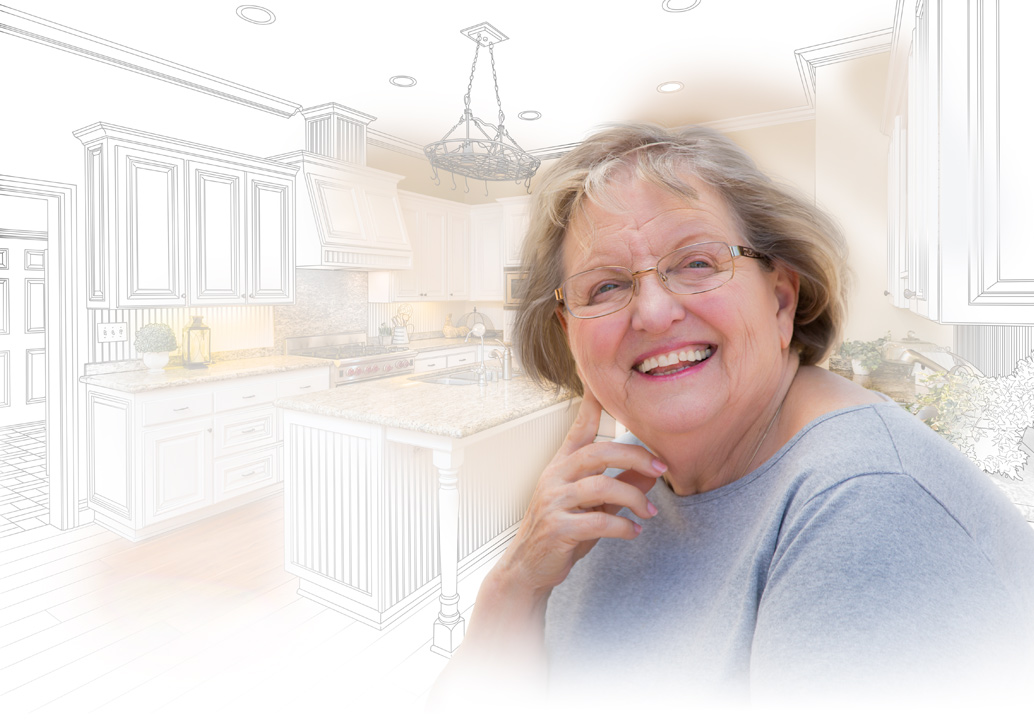By John Compton
What is a home? It is a place where you have lived for years. A place where you might have raised a family; celebrated holidays and birthdays; shed tears of joy and sadness; and argued and forgiven.
It is a place of comfort and commonality. However, as we age or are affected by physical or cognitive limitation, there are a host of barriers in the home that can prevent us from fully enjoying the entire space.
In this article, I discuss problems and solutions to this issue—some simple, and some more complex. You will also find general information that can be used by home-owners, families, caregivers and medical practitioners.
Should I stay or should I go?
This question is asked by most of my clients at some point. The answer is not an easy one. Those who own their own home will have a significant investment in where they live. Their home will have appreciated in value over the years or decades, so there should be some sort of nest egg there. The answer becomes more difficult when family is involved, as there are more personalities with a stake in the decision-making process. For those who rent, the decision to move can be more difficult, unless they have saved an equally significant amount of money as a home owner.
Once the financial factors have been figured out, the question of “where to move” is on the table. In a perfect world, a healthy family would plan out the next 30–40 years of their lives, but who are we kidding? To think ahead about aging or frailty is not something you want to do when you are young.
Most of today’s older adults are deciding to stay in their homes, come what may. But an older home with obstacles needs attention in order to make it livable for another 10–20 years!
Front entrances
Lighting is a simple thing that can increase the value and safety of your home, and is easy to buy and install. LED bulbs reportedly last 10 years (I will believe that in 10 years!), reducing the need for frequent bulbs changes. Motion-sensor lights outside the home are an inexpensive way to always have light to see by when you come and go. Smart locks on entrance doors allow us to unlock a deadbolt without having to use a key, and automatic door operators will unlock and open the door for us when our hands are full. A simple handrail up the stairs to the porch will make the entrance safer and appealing for later resale. Taking out a walkway and turning it into a ramped walkway will eliminate stairs getting into the house and also increase curb appeal.
Kitchens
Renovating a kitchen is an expensive proposition. Even at the big-box stores, you would be hard pressed to totally renovate a kitchen for less than $10,000. However, there are less-expensive things you can do to help with the day-to-day chores in the kitchen. Touch faucets can almost eliminate scalding from a hot tap when used correctly. Faucets with a pull-out sprayer help with cleaning in the sink area. Motion-sensor lights in the kitchen, or indeed any room, will automatically turn the lights on when you enter a room and stay on for as long as there is movement. Stove sensors will turn off the stove if you walk away from the kitchen and leave pots unattended. And fridges with double doors mean you don’t have to bend over as much to get out your daily groceries.
It is important to quickly replace any cracked or uneven flooring in the house with safer floors that give adequate traction, and to get rid of any throw rugs. According to Statistics Canada, a massive 63 per cent of seniors’ injuries in 2009–2010 were the result of falls. Of these, 55 per cent happened when walking or doing household chores.
Between levels
Getting from floor to floor is increasingly difficult as we age. Stairs pose a major fall hazard to everyone, regardless of age. Provided a person is able to walk and transfer, a stair lift is the least expensive option. With units from various companies around the globe available in Canada, a solution is possible for every configuration. The costs vary from around $3,000 for a straight set of stairs, up to $20,000 for multiple-level access including turns and bends. Your local supplier of these products can help you to make a choice—but make sure the supplier is trained in the installation and service of the specific product you choose. Read the fine print and get promises in writing. Do some internet research to find the best product, service and warranty.
People who use a wheelchair have more limited options for getting from floor to floor, and this will usually involve extensive construction to the home for an elevator or vertical-type lift. You will need to ensure that building permits are in place before any construction begins—if a company tells you that permits are not required then it is misleading you. Consult with your local building department for more detailed information.
Safer bathrooms
The bathroom of a home can be an oasis, and you can spend as little or as much money as you wish on renovations to make the room accessible. The least expensive modification is to cut the side of the existing tub to lower the step in from 15 inches down to six inches. This solution doesn’t work for everyone, but it’s worth looking at. A full-blown renovation with a roll-in shower is the ultimate solution. With wider doors, a wall-hung sink and higher toilet, the bathroom can be finished to be both appealing and functional for everyone in the home, and will accommodate all conditions. Choose a contractor with experience in this type of work and a proven track record. Ask for references, and talk to past clients about their specific experiences and what their needs were.
Changing needs
This list of solutions is in no way complete and does not deal with every possible scenario. Each person is different, and abilities can vary and change over time. What works for one person might not work for you. The best advice I can give is to talk to a knowledgeable professional about your specific needs and prepare a budget. Start with an occupational therapist or physiotherapist who will work with you to map-out options and give you the benefit of their experience. After all, for most of us, staying safely at home is the best outcome for life.
John Compton is the access manager at HME Mobility in Toronto, Ontario. His team completes 500-plus installations and renovations each year. He can be reached at jcompton@hmemobility.com or hmemobility.com.













